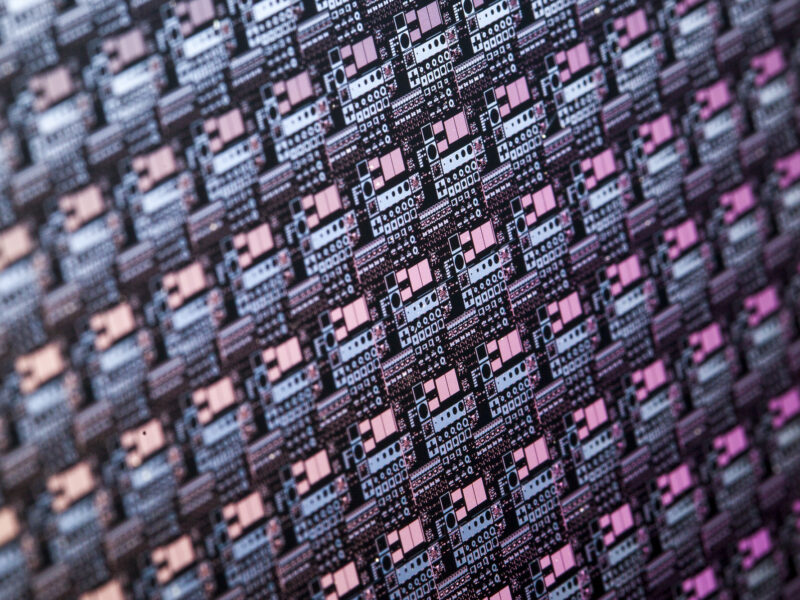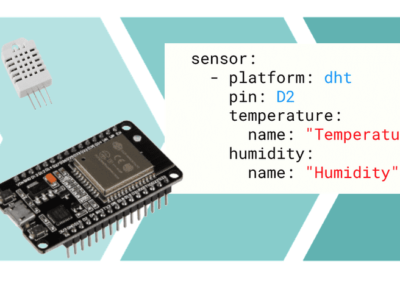
New material to overcome limits of silicon and even GaN
Two main factors are responsible for the growth of the electronics market: the automation and digitization of the industry as well as the increasing awareness of ecological responsibility and sustainable processes. Energy consumption can only be reduced if electronic systems can become more energy and resource efficient.
So far, silicon has dominated the electronics industry. In addition to its low cost and almost perfect crystal structure, silicon is also a particularly successful semiconductor material because its band gap enables good charge carrier concentration and speed as well as good dielectric strength. However, silicon electronics is gradually reaching its physical limits, especially with regard to the required power density of future generations of components and the resulting compactness of the devices equipped with them.
The use of the semiconductor gallium nitride (GaN) in power electronics has already overcome the limitations of silicon technology. GaN has the ability to exhibit greater performance than silicon at very high voltages, temperatures and switching frequencies, thus enabling significantly higher energy efficiency. In numerous energy-intensive applications, this means a significant reduction in energy consumption.
The Fraunhofer Institute for Applied Solid State Physics (IAF) in Freiburg (Germany) has been researching GaN semiconductor structures for years and developing GaN-based electronic components and systems. The results of this research work are already being used in commercial applications with the help of industrial partners. In the recently started “Power Electronics 2020+” project, researchers are now going one step further to further increase energy efficiency and the service life of future electronic systems. For this purpose, another material is to be used for the first time: Scandium aluminium nitride (ScAlN).
First ScAlN-based components
ScAlN is a piezoelectronic semiconductor material with a high dielectric strength, which is largely unexplored worldwide for applications in microelectronics. “It has already been proven that scandium aluminum nitride is particularly suitable for use in power electronic components due to its physical properties,” explains Michael Mikulla, project manager at Fraunhofer IAF.
In concrete terms, the aim is to grow ScAlN on a GaN layer, matched to the lattice, and process transistors with high current carrying capacity with the heterostructures produced from it. “Functional semiconductor structures based on materials with large band gaps such as scandium aluminum nitride and gallium nitride enable transistors for very high voltages and currents. The devices achieve a higher power density per chip area as well as higher switching speeds and higher operating temperatures. These properties combined translate into lower switching losses, higher energy efficiency and more compact systems,” explains Oliver Ambacher, Director of the Fraunhofer Institute IAF and Professor of Power Electronics at the Institute for Sustainable Technical Systems (INATECH) at the University of Freiburg. One of the most important short-term goals of the researchers is a material combination of GaN and ScAlN to double the maximum possible output power of the component with a significantly lower energy requirement.
One of the biggest challenges of this project is crystal growth, since neither growth recipes nor empirical values exist for this material structure. The project team will have to overcome this hurdle in the coming months in order to achieve reproducible results and produce layer structures that can be successfully used for power electronic applications.
Related articles:
Embedded substrate allows fully integrated GaN-on-Si multilevel power converter
UK project to develop vertical GaN devices
Designing Reliable and High Density Power Solutions with GaN
 If you enjoyed this article, you will like the following ones: don't miss them by subscribing to :
eeNews on Google News
If you enjoyed this article, you will like the following ones: don't miss them by subscribing to :
eeNews on Google News


